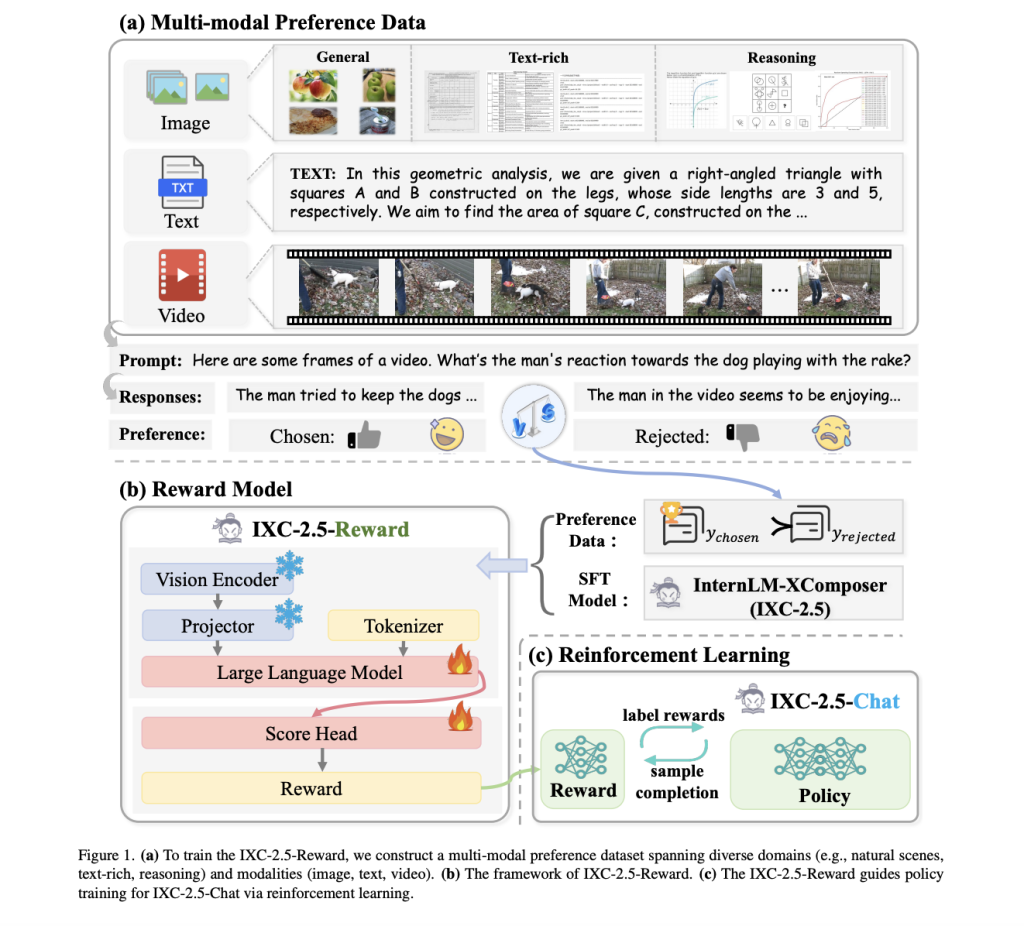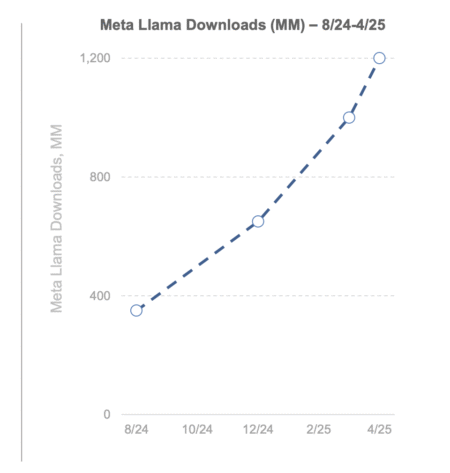

Artificial intelligence has grown significantly with the integration of vision and language, allowing systems to interpret and generate information across multiple data modalities. This capability enhances applications such as natural language processing, computer vision, and human-computer interaction by seamlessly allowing AI models to process textual, visual, and video inputs. However, challenges remain in ensuring that such systems provide accurate, meaningful, and human-aligned outputs, particularly as multi-modal models become more complex.
The primary difficulty in constructing large vision-language models is achieving the outputs produced by them aligning with the human preferences. Most existing systems fail due to the production of hallucinated responses and inconsistency in the interaction process within multiple modes, as well as because of their dependency on the application domain. Furthermore, such high-quality datasets are scant and range across various types and tasks like mathematical reasoning, video analysis, or following instructions. LVLMs cannot deliver the subtlety needed in real-world applications without proper alignment mechanisms.
Current solutions to these challenges are mostly limited to text-only rewards or narrowly scoped generative models. Such models typically rely on hand annotations or proprietary systems, which are not scalable and not transparent. Furthermore, the current methods have a limitation concerning static datasets and pre-defined prompts that cannot capture all the variability in real-world inputs. This results in a large gap between the ability to develop comprehensive reward models that could guide LVLMs effectively.
Researchers from the Shanghai Artificial Intelligence Laboratory, The Chinese University of Hong Kong, Shanghai Jiao Tong University, Nanjing University, Fudan University, and Nanyang Technological University introduced InternLM-XComposer2.5-Reward (IXC-2.5-Reward). The model is a significant step in developing multi-modal reward models, providing a robust framework to align LVLM outputs with human preferences. Unlike other solutions, the IXC-2.5-Reward can process different forms, including text, images, and videos, and has the potential to perform well in varied applications. Hence, this approach is a large improvement over present tools, taking into account a lack of domain coverage and scalabilities.
According to the researcher, IXC-2.5-Reward was designed through a comprehensive preference dataset and includes diverse domains such as texts, general reasonings, and video understanding. The model has a scoring head that predicts reward scores for given prompts and responses. The team used reinforcement learning algorithms like Proximal Policy Optimization (PPO) to train a chat model, IXC-2.5-Chat, to provide high-quality, human-aligned responses. The training was accompanied by open-source and newly collected data, ensuring broad applicability. Further, the model does not suffer from the common pitfalls of length biases since it uses constraints on response lengths to ensure quality and conciseness in generated outputs.
The performance of IXC-2.5-Reward sets a new benchmark in multi-modal AI. On VL-RewardBench, the model achieved an overall accuracy of 70.0%, outperforming prominent generative models like Gemini-1.5-Pro (62.5%) and GPT-4o (62.4%). The system also produced competitive results on text-only benchmarks, scoring 88.6% on Reward-Bench and 68.8% on RM-Bench. These results showed that the model could keep strong language processing capabilities even while performing extremely well in multi-modal tasks, and in addition, incorporating IXC-2.5-Reward into the chat model IXC-2.5-Chat produced large gains in instruction-following and multi-modal dialogue settings, validating the applicability of the reward model in real-world scenarios.
The researchers also showcased three applications of IXC-2.5-Reward that underline its versatility. First, it serves as a supervisory signal for reinforcement learning, enabling on-policy optimization techniques like PPO to train models effectively. Second, the model’s test-time scaling capabilities allow optimal responses from multiple candidates to be selected, further enhancing performance. Lastly, IXC-2.5-Reward was essential in cleaning the data and finding noisy or problematic samples in the datasets, which were filtered out from training data and, therefore, enhanced the quality of training data for LVLMs.
This work is a big leap forward in multi-modal reward models and bridges critical gaps regarding scalability, versatility, and alignment with human preferences. The authors have established the basis for further breakthroughs in this field through diverse datasets and the application of state-of-the-art reinforcement learning techniques. IXC-2.5-Reward is set to revolutionize multi-modal AI systems and bring more robustness and effectiveness to real-world applications.
Check out the Paper and GitHub. All credit for this research goes to the researchers of this project. Also, don’t forget to follow us on Twitter and join our Telegram Channel and LinkedIn Group. Don’t Forget to join our 70k+ ML SubReddit.
The post This AI Paper Introduces IXC-2.5-Reward: A Multi-Modal Reward Model for Enhanced LVLM Alignment and Performance appeared first on MarkTechPost.
Source: Read MoreÂ





